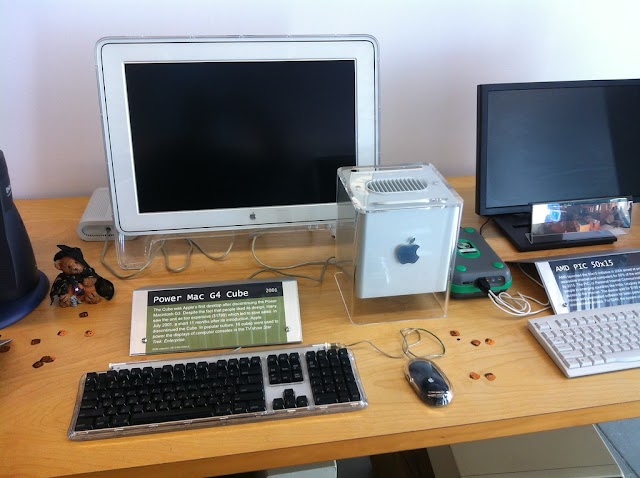Does your system support virtualization?
Before going forward, we'd like to see if our system supports virtualization. Hardware virtualization is required for Hyper-V to function correctly. Otherwise, you'll use other virtualization platforms like Virtualbox and VMWare.
There are four basic requirements for Hyper-V to be installed on a Windows 10 computer:
VM Monitor Mode Extensions
Virtualization enabled in firmware
Second level address translation
Data execution prevention
You can check of these requirements by opening the prompt (Run –> cmd) and running the systeminfo command. you'll check the Hyper-V requirements section.
Hyper V Requirements
Hyper V Requirements
Most modern computers support all the wants of Hyper-V. But some systems have virtualization disabled from BIOS. you'll attend the pc BIOS setup at the startup and enable Virtualization.
Enable Virtualization Support from BIOS
Enable Virtualization Support from BIOS
Enable Hyper-V in Windows 10 Home
Follow the steps below to put in and enable Hyper-V in Windows 10 Home.
Download Hyper-V Enabler from here:
How To Enable Hyper-V On Windows 10 Home 1 Hyper-V installer and enabler for Windows 10 Home (317 bytes, 66 hits)
Once downloaded, right-click on the file and choose Run as Administrator. this may trigger the installation script. it's going to take a while to finish the installation. Please let it complete without interruption.
Run file as administrator
Once complete, press Y to continue. The system will restart.
Running enable hyper V batch installation file
You will see the Windows updates screen upon restart.
Working on Updates installing Hyper V
After the restart, you'll check the Hyper-V option is visible in Windows Optional Features. To check, attend Run –> optionalfeatures. you'll find Hyper-V and Hyper-V Management tools.
Hyper V enabled in Windows 10 Home system
You can look for Hyper-V within the start menu to start out creating virtual machines on your Windows 10 computer .
Search for hyper v in start menu
Search for hyper v within the start menu
I noted a stimulating thing that Hyper-V was installed within a virtual machine. So I could create a virtual machine within a virtual machine.
Disable Hyper-V from Windows 10 Home
If you don’t want this functionality in your computer, you'll always disable it. There are two ways to disable:
Go to Run –> optionalfeatures. this may open the Optional Features window.
Uncheck Hyper-V and Hyper-V management tools.
Restart the pc .
You can also do that using the command-line:
Get More from the given links below:

0 Comments